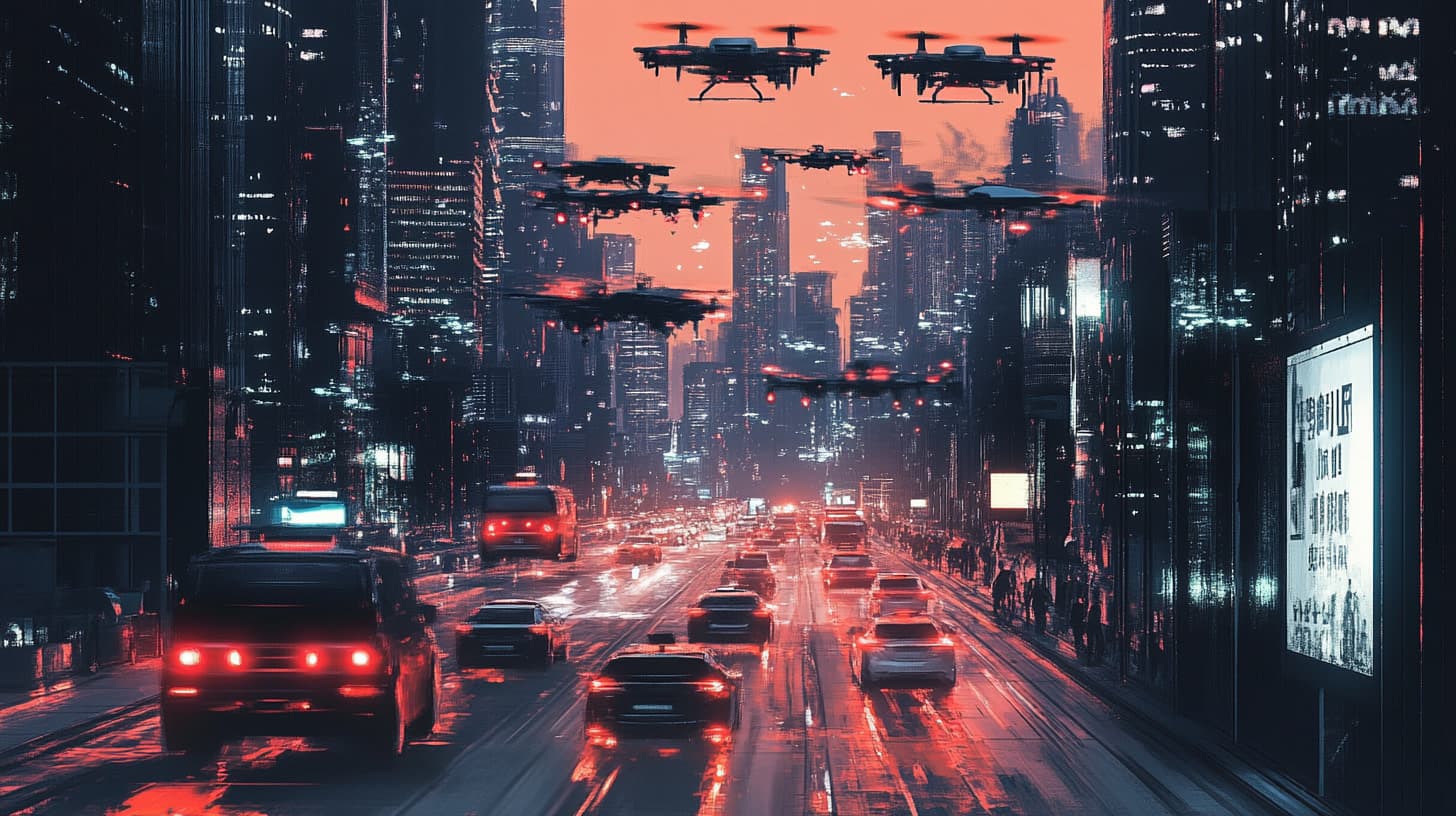Architecting Multi-Agent AI Systems: Patterns and Pitfalls

Scalability and fault tolerance were the fundamental lessons that we learned when it came to distributed systems. Now, as we start using multi-agent AI systems—where different AIs work in tandem with one another—we’re learning even more!
These new systems bring challenges that are stretching the limits of what we know about building software. Indulge us for a moment as we invite you to observe some real-world examples to get a better idea of what we’re really up against.
The Rise of Multi-Agent AI
With multi-agent AI systems, many specialized agents work together to problem solve and achieve goals alongside one another. Perhaps you have a need for a basic agent with a specific job such as analyzing data or responding to customer questions.
class Agent:
def __init__(self, name, specialty):
self.name = name
self.specialty = specialty
self.knowledge = {}
def process(self, task):
if task.domain == self.specialty:
return self.solve(task)
else:
return self.delegate(task)
def solve(self, task):
# Agent-specific problem-solving logic
pass
def delegate(self, task):
# Logic to pass the task to a more suitable agent
passThanks to the structure of the system—agents are able to focus on what they do best, which is making the system more efficient, scalable, and best of all, reliable.
There’s a drawback by the way…as we add more agents new problems begin to emerge! One of those problems has mostly to do with managing information. There’s the struggle of trying to figure out the best way to get these agents to share what they know with each other effectively.
State Management in a Multi-Agent World
In a multi-agent system, managing the state isn’t just about keeping the data consistent. For example, you might have a shared knowledge base where multiple agents can update information.
While this setup might handle updates safely, it doesn’t solve deeper problems like keeping the context accurate or balancing between staying consistent and allowing the system to learn new things.
class SharedKnowledgeBase:
def __init__(self):
self.knowledge = {}
self.lock = threading.Lock()
def update(self, agent, key, value):
with self.lock:
if agent not in self.knowledge:
self.knowledge[agent] = {}
self.knowledge[agent][key] = value
def get(self, agent, key):
with self.lock:
return self.knowledge.get(agent, {}).get(key)One big challenge is making sure that when an agent makes an update, it doesn’t clash with what the rest of the system is trying to achieve. This requires careful planning and coordination so that every agent’s actions support the overall goals of the system.
Inter-Agent Communication Protocols
Effective communication between agents is crucial. Let’s look at a basic implementation of a message-passing system:
class Message:
def __init__(self, sender, receiver, content):
self.sender = sender
self.receiver = receiver
self.content = content
class CommunicationBus:
def __init__(self):
self.queues = defaultdict(queue.Queue)
def send(self, message):
self.queues[message.receiver].put(message)
def receive(self, agent):
return self.queues[agent].get()This system allows for basic message passing, but it doesn’t handle complex negotiations or conflict resolution. How would you implement a protocol that allows agents to bid on tasks or form dynamic coalitions?
Debugging and Monitoring Multi-Agent Systems
Debugging these systems presents unique challenges. Traditional logging isn’t sufficient. Consider this enhanced logging system:
class AgentLogger:
def __init__(self, agent):
self.agent = agent
self.log = []
def record_decision(self, input_data, output_data, reasoning):
entry = {
'timestamp': time.time(),
'agent': self.agent.name,
'input': input_data,
'output': output_data,
'reasoning': reasoning
}
self.log.append(entry)
def analyze_behavior(self, time_range):
# Complex analysis of agent's behavior over time
passThis logger captures more than just inputs and outputs – it records the agent’s reasoning. But how do we correlate logs across multiple agents to debug complex interactions? And how do we make sense of emergent behaviors that aren’t explicitly coded into any single agent?
As we push further into multi-agent AI systems, we’re entering uncharted territory. The tools and techniques we develop to address these challenges will shape the future of AI architecture. Are you ready to be at the forefront of this revolution, or will you be playing catch-up when these systems become the norm?